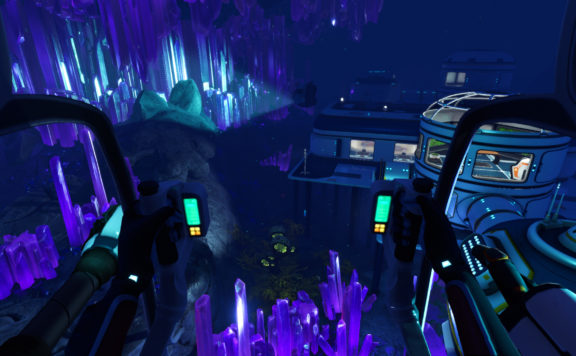Weappy is a small independent game development studio located in Minsk, Belarus and along with publisher THQ Nordic comes a strategy/adventure/management game set in the real world. In this game you take on the role of Police Chief Jack Boyd who’s set to retire in 180 days, how will you make the most of your last days in a place of “power”? Welcome to our This Is The Police review for the Nintendo Switch.
The premise is simple, try to make $500,000 in 180 days before you retire as Police Chief of the Freeburg PD. How you go about obtaining that goal is up to you. As the story unfolds from the start it’s quite clear you, as Jack Boyd, aren’t the biggest Boy Scout in the world, in other words, a man of few scruples and a man that has a potentially wavering “moral compass”.

The story of Jack Boyd unfolds using still panels of newspaper comic strip-like art brushed in natural color tones and using very few sharp details, e.g. the characters essentially have no faces. The story is presented fully voiced along with dialogue text. Your character, Jack Boyd, is voiced by Jon St. John the voice of Duke Nukem himself and St. John performs quite well and is easily believable.
After the initial story introduction, the game plays out in “days” with a non-real time “time of day” clock. The game unfolds day-by-day versus in typical game stages. Each day starts with a date/time, a screen showing the day’s headlines, an opportunity for you to pick your background music and you (presumably) starting your car. From this point on, you’re shown several screens that move the story forward. Sometimes the story-telling part becomes interactive, e.g. at key points, you get to decide on what action to take, e.g. “Help such and such” or “Refuse to help such and such”.

After the story-telling stage, you’re taken to the real-time micro-management part where you are presented with police call scenarios and you must decide which of your staff (officers and detectives) you want to deploy and how many. Each officer and detective have a few “stats” that affect how dependable they are, their instincts, etc.
Also in the real-time stage, you’ll be presented with “investigations” where you need to deploy detectives who interrogate witnesses and compile statements. Later, you’re presented with scenes of those crimes, based on the gathered facts, that you must put into chronology order to summarize the train of events leading to “solving the case”. But wait, no you must apprehend the suspect. Department management doesn’t stop there as officers may call in with “a situation” that you must choose to handle on the spot via a multiple choice set of dialogs. Let’s not forget that reports come in, i.e. the outcome of a crime in progress, that you need to open and read as this is how your officers are put back into the “available” list.
A few complaints crop up during the real-time stage. Sometimes the rate the police assistance calls come in, coupled with the short countdown timer, i.e. time left to decide on how to handle the call, sometimes sparked such an urgency that I had to skip over the often-lengthy crime detail. In handheld mode, this text was also often quite small for aging eyes. Control-wise, the Z keys are supposed to be used to access assistance calls and reports, but I could never quite figure them out and I resorted to touch-screen for those items.

Along the way, you also must manage your personnel or shifts of officers and detectives. You can promote them even. They request days off for a given reason and you need to approve or deny their requests. You’ll also need to reach out to other organizations, e.g. the Mayor’s office, to get things to do your job like new staff positions. In one case, racial tensions in the city became high and I was asked to fire all African-American staff within 48 hours. When you decide to fire someone your also sometimes given a choice to do with “legal reasons”, e.g. officer never showed up for a day of work, or not so legal reasons.
After all these tasks are optionally addressed and the time of day clock reaches 23:59 you can choose to end your day. The cycle then repeats for the next day, i.e. story, real-time stage, etc.
While this game cycle is quite fun the first “week” it can tend to feel a bit repetitive. Thankfully, the gritty crime drama story is presented well enough that you want to endure the micro-management stuff to get to the next day of the story.
Overall, this is a relatively slow-paced adventure game that has its adrenaline moments during the real-time stage. There was indeed satisfaction in solving investigations and then catching the suspect. On the flip-side, there were moments of head-scratching where offenders kept getting away or someone gets shot, killed even, that required a strategy change on my part. At the end of the day, it was a nice break from fantasy games in lieu of playing something that felt a little closer to home.
OVERALL SCORE: 7/10
PROS:
- The lifelike story is compelling and interesting
- Unique art style, pleasing to the eyes
CONS:
- Repetitive after a while
- In handheld mode some of the text is a challenge to read
Note: Our copy was reviewed on the Nintendo Switch with a code provided by PR.
COMPARE TO: Similar to The Telltale Series adventure games







